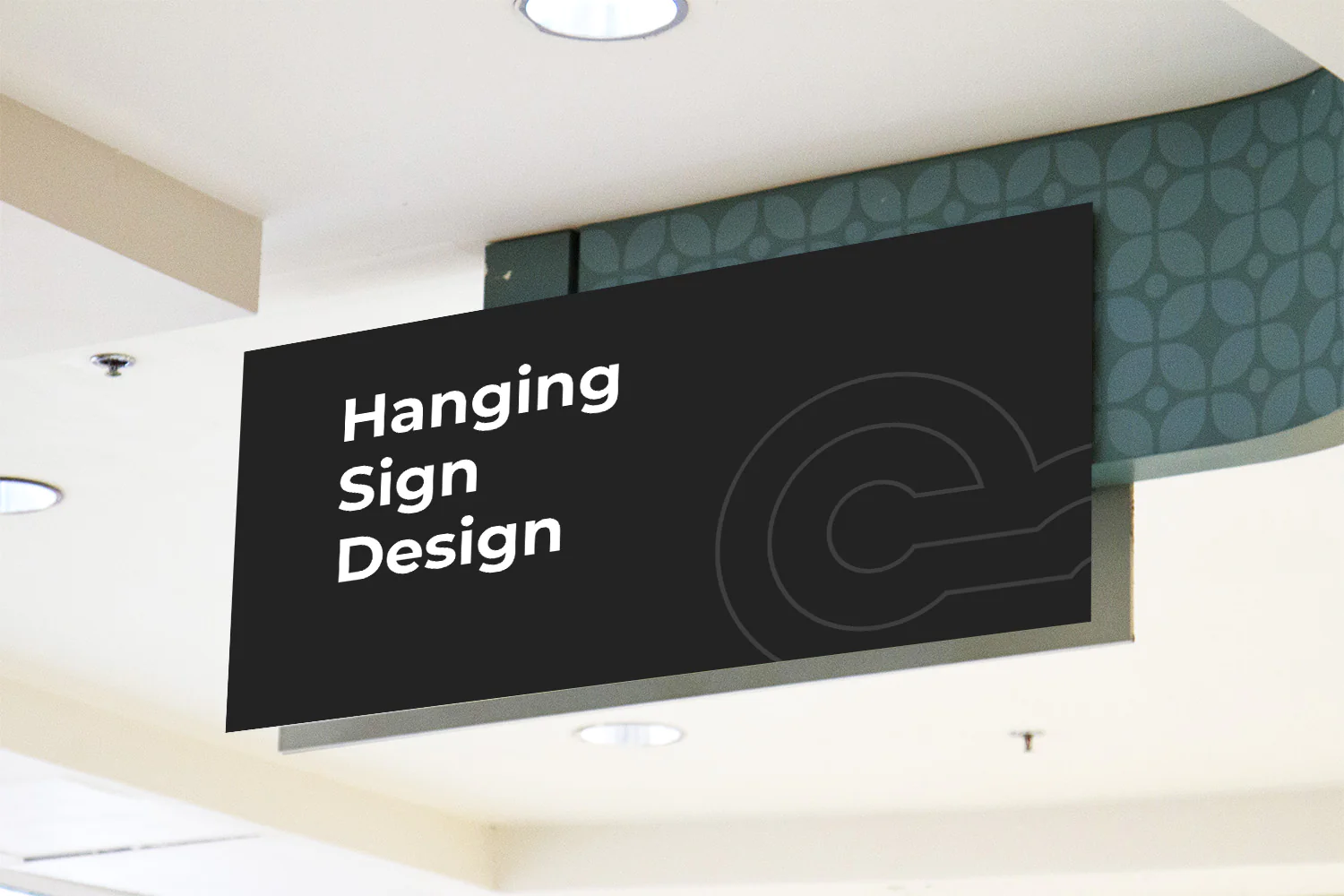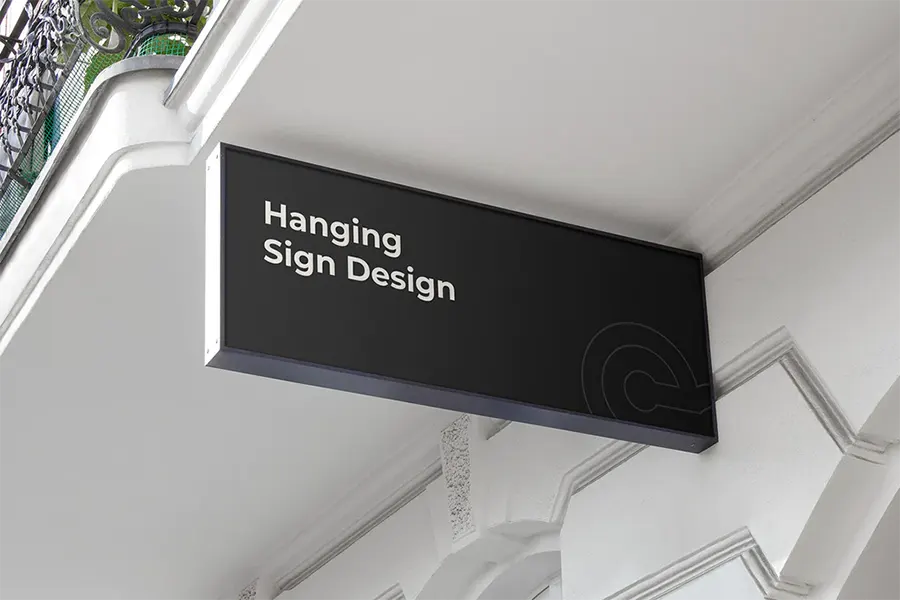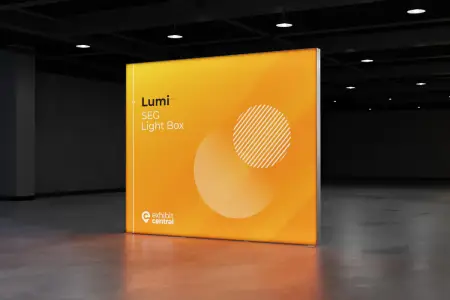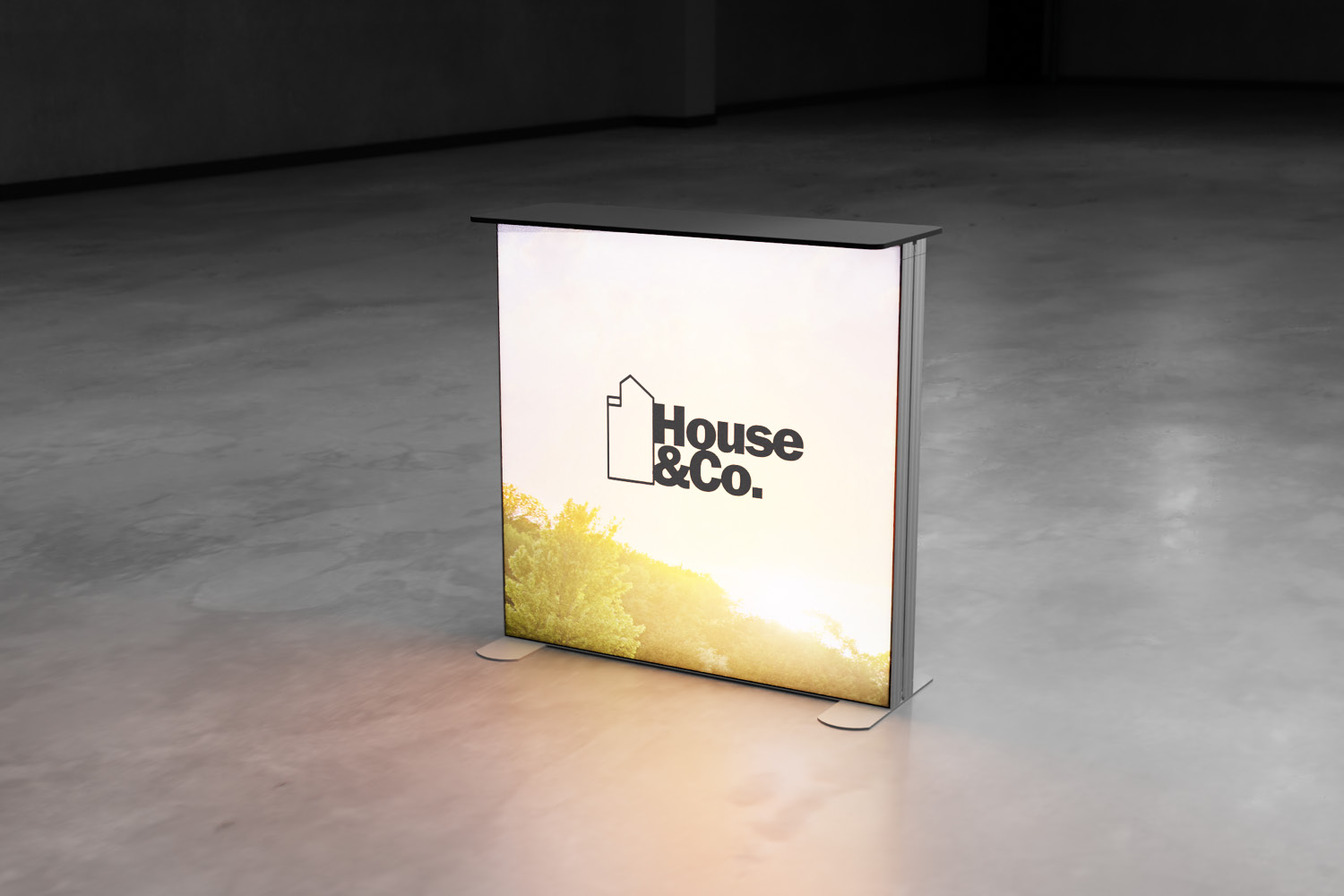
Hanging signs are a popular choice for businesses looking to enhance their visibility and attract customers. These versatile signs can be used both indoors and outdoors, making them an excellent option for various business settings. Whether you need a hanging office sign, hanging store signage, hanging warehouse signs, hanging door signs, or a custom hanging sign, there are plenty of options to choose from. In this article, we will explore the different types of hanging signs available and discuss their benefits and applications.
What are the benefits of hanging signs?
Hanging signs offer several advantages for businesses. First and foremost, they provide excellent visibility. By suspending the sign from above, it stands out and catches the attention of passersby. This elevated positioning allows the sign to be seen from a distance, making it effective for attracting customers and increasing foot traffic to your business.
Additionally, hanging signs are customisable. You have the freedom to design your sign according to your brand’s aesthetics, incorporating your logo, colours, and fonts. This customisation helps reinforce your brand identity and creates a cohesive visual experience for customers.
Hanging signs are also easy to install and maintain. They can be quickly mounted to walls, ceilings, or poles, saving time and effort. Furthermore, maintenance is straightforward, as hanging signs can be easily cleaned and updated when needed.
How do you make a hanging sign?
Creating a hanging sign involves a few essential steps. Firstly, you need to determine the design and content of your sign. Consider your brand’s image, target audience, and the purpose of the sign. Choose fonts, colors, and graphics that align with your brand identity and will be easily visible from a distance.
Next, select the appropriate material for your hanging sign. We will discuss the material options in more detail later in this article. Once you have chosen the material, you can proceed to fabricate the sign. This can be done through various methods, including printing, painting, or engraving, depending on the chosen material.
After fabrication, it’s time to install your hanging sign. Identify the best location for maximum visibility, taking into account the height, lighting, and surroundings of your business. Ensure that the sign is securely fastened to the mounting surface, using appropriate hardware and following safety guidelines.
How high can hanging signage be?
The height at which hanging signage can be placed depends on various factors, including local regulations, the type of environment, and the intended purpose of the sign. In outdoor settings, there may be specific height restrictions imposed by local authorities to ensure safety and maintain aesthetic harmony. It’s crucial to check with the local zoning and permitting departments to understand the guidelines and obtain necessary approvals.
For indoor hanging signs, the height can vary based on the location and purpose. In retail environments, it’s common to hang signs at eye level or slightly above to attract attention and guide customers. In office settings, hanging office signs are typically placed at a height where they can be easily seen and read by employees and visitors.
Ultimately, the height of your hanging signage should be optimised for visibility and legibility while complying with any applicable regulations.
What material is used for hanging signs?
Hanging signs can be made from various materials, each offering its unique characteristics and aesthetic appeal. Some commonly used materials for hanging signs include:
- Wood: Wooden signs provide a warm and rustic look. They can be carved, engraved, or painted, allowing for intricate designs and a classic appeal.
- Metal: Metal signs, such as aluminum or stainless steel, are durable and can withstand outdoor elements. They offer a sleek and modern appearance and can be customised with different finishes.
- Acrylic: Acrylic signs are versatile and can be transparent, translucent, or opaque. They are lightweight, weather-resistant, and offer a contemporary and professional look.
- PVC: PVC signs are lightweight, affordable, and resistant to weather conditions. They are often used for temporary or promotional signage.
- Fabric: Fabric signs are made from durable materials like polyester or canvas. They are lightweight, portable, and offer a soft and elegant appearance.
- Glass: Glass signs create a sophisticated and upscale look. They can be etched or frosted for added elegance and can be illuminated for enhanced visibility.
- Plastic: Plastic signs, such as polycarbonate or PVC, are durable and weather-resistant. They are available in various colors and can be molded into different shapes and sizes.
- Composite Materials: Composite materials, like Dibond or Alumalite, consist of a combination of materials for enhanced durability and strength. They are commonly used for outdoor hanging signs.
Types of hanging signs
- Blade Signs: Blade signs are rectangular or square signs that hang perpendicularly from a building’s facade. They are typically double-sided, allowing visibility from multiple directions. Blade signs are commonly used in urban or pedestrian areas to attract attention and guide customers to businesses.
- Pendant Signs: Pendant signs are suspended from a ceiling or overhead structure. They are often used in indoor settings, such as retail stores or shopping malls, to indicate specific areas or departments.
- Hanging Banners: Hanging banners are large, fabric signs that are suspended from the ceiling. They are ideal for promotional purposes, trade shows, or special events. Hanging banners can feature vibrant graphics and messages to grab attention and create a festive atmosphere.
- Swinging Signs: Swinging signs, also known as swinging panel signs or hanging bracket signs, are mounted on a bracket that allows them to swing in the wind. They are eye-catching and add a touch of nostalgia to businesses, particularly in historic districts or quaint neighborhoods.
- Chalkboard Signs: Chalkboard signs are versatile and can be hung both indoors and outdoors. They provide a nostalgic feel and allow for easy customisation with chalk or liquid chalk markers. Chalkboard signs are commonly used in cafes, restaurants, or retail establishments to display menus, daily specials, or promotional messages.

Indoor vs. Outdoor Hanging Signage
Both options have their unique benefits and applications, so let’s take a quick look at the key differences between indoor and outdoor hanging signage.
Indoor Hanging Signage:
Indoor hanging signage is designed to be displayed within the premises of your business. Whether it’s an office, retail store, restaurant, or any other indoor setting, hanging signs can serve various purposes. Here are some advantages of indoor hanging signage:
Branding and Ambiance: Indoor signs allow you to reinforce your brand identity and create a cohesive atmosphere within your business. They can feature your logo, colors, and fonts, contributing to a consistent brand image.
Wayfinding and Navigation: Hanging signs can guide visitors and customers through your space, indicating different areas, departments, or amenities. They improve navigation and help create a smooth and positive customer experience.
Information and Communication: Indoor hanging signs can convey important information, such as operating hours, policies, or special offers. They provide a platform to communicate with your audience effectively.
Outdoor Hanging Signage:
Outdoor hanging signage is meant to grab attention from the outside and attract customers to your business. Whether you have a storefront, restaurant, or any other outdoor establishment, here are some advantages of hanging outdoor signage:
Visibility and Exposure: Outdoor signs are visible to a larger audience, including passersby and potential customers who might not be familiar with your business. They can be seen from a distance, catching attention and generating foot traffic.
Landmark Identification: An outdoor hanging sign serve as landmarks, helping people locate your business easily. They make a strong first impression and increase your visibility in the surrounding area.
Street Advertising: Outdoor custom signs provides an opportunity for effective advertising. You can display your business name, logo, and key messages prominently, ensuring that your brand stands out from competitors.

Choosing the Right Option
The decision between indoor and outdoor hanging signage ultimately depends on your business type, location, and goals. Consider the following factors:
- Environment: Assess whether your business primarily operates indoors or outdoors. This will help determine where you need the most visibility and impact.
- Target Audience: Understand your target audience and their behavior. Are they more likely to encounter your business while passing by on the street or when they enter your establishment? This will guide you in selecting the most suitable hanging signage.
- Regulations: Check local regulations and permits required for outdoor signage. Some areas have specific guidelines regarding size, placement, and lighting for outdoor signs.
- Branding Strategy: Consider how you want your brand to be perceived and how hanging signage can contribute to that image. Indoor and outdoor signs can both play a role in reinforcing your brand identity.
Both indoor and outdoor hanging signage offer unique advantages and play different roles in your business’s overall marketing strategy. Assess your specific needs, goals, and target audience to determine which option aligns best with your business objectives. Whether you choose indoor hanging signage for branding and wayfinding within your premises or outdoor hanging signage for increased visibility and street advertising, investing in high-quality signage will undoubtedly enhance your business’s overall impact and success.
The Hanging Sign’s Role in the Exhibit Industry
In the exhibit industry, a hanging sign plays a crucial role in attracting attention and guiding visitors within a trade show or exhibition. Hanging signs are typically suspended from the ceiling above an exhibitor’s booth or display area. These signs are often large, eye-catching, and visible from a distance, allowing exhibitors to maximise their visibility and stand out among the crowd.
The primary role of a hanging sign is to enhance brand visibility and increase foot traffic to an exhibitor’s booth. By featuring a company’s logo, brand name, or key message, the hanging sign helps attendees quickly identify and locate a specific exhibitor within a busy exhibition hall. The sign acts as a visual landmark, drawing visitors’ attention and guiding them towards the exhibitor’s booth.
Hanging signs also serve as a wayfinding tool, helping attendees navigate through the exhibition space. As trade shows can be quite large and overwhelming, hanging signs act as reference points, allowing visitors to orient themselves and find their way around. Exhibitors strategically position their hanging signs to be visible from multiple angles and from various points within the exhibition hall, ensuring maximum exposure.
Additionally, hanging signs can convey important information such as product offerings, promotions, or key messages. Exhibitors can use creative graphics, vibrant colors, and compelling text to capture the interest of attendees and communicate their unique selling propositions effectively.
Furthermore, hanging signs contribute to the overall aesthetic appeal of an exhibit space. They add visual interest and create a dynamic environment, making the booth more engaging and inviting. A well-designed and visually appealing hanging sign can leave a lasting impression on attendees, reinforcing brand recognition and recall even after the event.
It’s important to note that regulations and guidelines regarding hanging signs may vary between different exhibition venues and organisers. Exhibitors should familiarise themselves with any restrictions or specifications related to size, weight, height, installation methods, and other relevant factors to ensure compliance and a smooth setup process.
Share
Author
Latest posts
Retail Signage: The Silent Salesperson Boosting Your Business
Retail signage is the unsung hero of the retail world. It’s the silent salesperson that greets customers, informs them about …
Display Counters for Retail Stores: Attract Customers and Boost Sales
Display retail counters are the workhorses of retail stores, playing a crucial role in showcasing products, facilitating sales, and enhancing …
Expo Marketing: A Comprehensive Guide to Maximise Your ROI
Expo marketing, also known as trade show marketing or exhibition marketing, is a powerful strategy for businesses to connect with …
Design Your Dream Exhibition: A Step-by-Step Guide to Exhibition Space Design Plans
Imagine your ideal exhibition experience. Visitors flock to your space, eyes wide with curiosity. They’re not just passively browsing; they’re …











